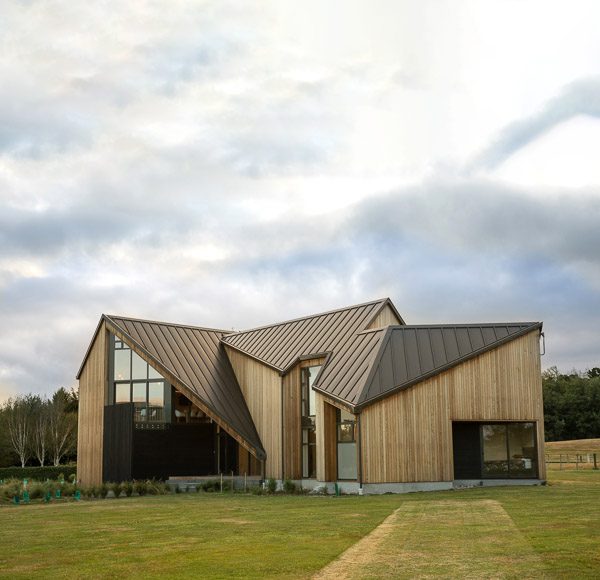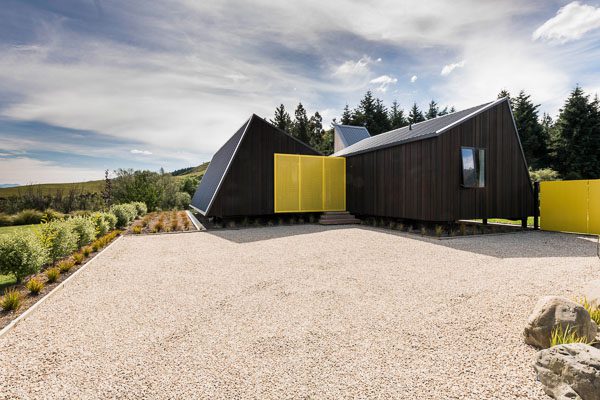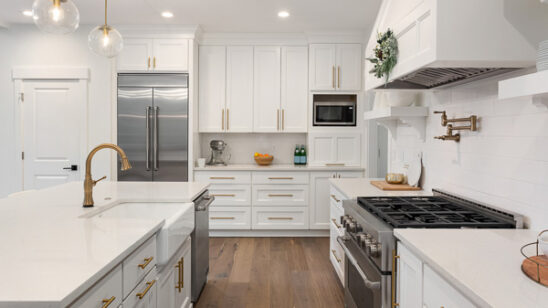
Responding Creatively to Design Guidelines: Allfrey South Architects
Meeting design guidelines for particular sites is a must, but architect Craig South argues there is still plenty of room for creative interpretation.
When making a big investment in a new home, it can be reassuring knowing there are design rules in place to protect that investment. Yet if these rules are followed conservatively, the results can be pretty bland and uninspiring, which may not be desirable from a long-term investment perspective. A creative approach will more likely produce something memorable that will hold its value and reflect your design ideals. As architects, we are required to work within guidelines, yet I feel we must not lose sight of that bigger design imperative: a unique response to a one-off set of criteria. I believe there is always space for playfulness in design. No matter the project, we always start with our client’s brief and an understanding of the site and the environment, before exploring the limits of what is possible within the rules.
Such exploration requires a little reading between the lines. For example, guidelines might stipulate what colours can be used, but not specify all building elements. This allows the option to inject personality in the non-specified elements. For instance, selecting a brightly coloured gate, without breaking the rules. These guidelines can be open to interpretation to some extent, such as in Hanmer Springs where all buildings must comply with the ‘alpine character’ ideals. The Hurunui Council is very particular about the look of the township, with strict height restrictions, specifics around roof pitch and constraints on colour choice. While these guidelines presented a challenge, by thinking differently and not opting for generic or easy options, we arrived at a very unique solution. Following the guidelines, but full of playful design elements, The Family Bach doesn’t take itself too seriously. Fundamentally, architects can add value and a sense of fun to design, even when constraints are in place.

It is important, as architects, that when we are designing to guidelines and pushing those boundaries as much as possible, we have a considered rationale behind our design decisions. There can be times when we need to defend our ‘out of the box’ thinking and, in order to achieve the best result for our client, we must fully understand the guidelines and have the ability to justify how our design fits those parameters. Considering site context is imperative to enhancing a project’s creative potential. The village at Terrace Downs features several traditional alpine homes however, we created a family home that stretched the notion of what an alpine home is.
The influences of Canterbury’s rugged mountains inspired our approach to roofline design, with soaring roof planes, asymmetrical and abrupt, extenuating the mountain slopes in the background. Of course, the alpine environment affected the orientation of the home and the organisation of the internal spaces, ensuring year-round liveability and engagement with the environment. It is an inescapable reality; design guidelines must form part of the design brief for specific sites. Yet, as architects we believe it is also important to interpret these creatively. There is always room for flexibility within the rules to create something unique.





